Best-Preserved Trilobite Fossils Ever Discovered Could Shake up Scientific Community
The discovery of trilobite fossils unearthed in the sweltering Atlas Mountains of Morocco is a rare and significant event that is causing a stir in the scientific world due to their unique state of preservation.
The paleontologic treasures, thought to be around 500 million years old, were preserved in a thick layer of ash, leading researchers to dub the fascinating fossils the “Pompeii” trilobites. Analyzing the unique fossils could potentially lead to a better understanding of the evolution of early creatures millions of years ago.
250 Million-Year-Old Sea Bugs
Trilobites, often referred to as “sea bugs,” are now extinct marine arthropods that emerged on Earth during the Cambrian period and went extinct over 250 million years ago.
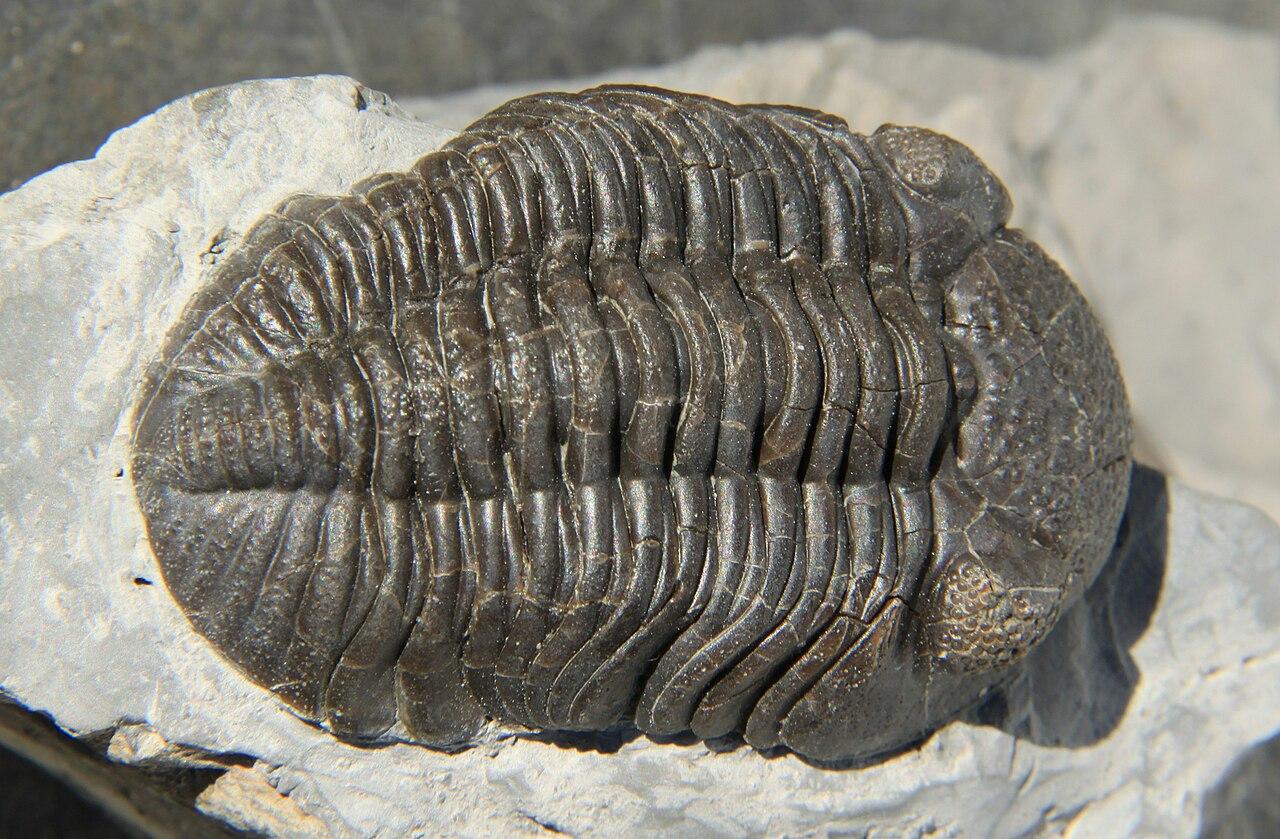
Source: Wikimedia
Current estimates suggest there are over 20,000 species of trilobites. The sea bugs are generally recognized as some of the earliest arthropods that evolved on our planet.
Researchers Conduct Studies on the Fossilized Remains of the Trilobites
The recent discovery of Trilobite fossils from the Atlas Mountains region of Morocco in a remarkable state of preservation allowed researchers to conduct a thorough and meticulous examination of the remains.

Source: Freepik
A team of scientists led by Prof. Abderrazak El Albani, a geologist based at the University of Poitiers and joined by Dr. Greg Edgecombe, a paleontologist at the Natural History Museum, conducted a study on the fossilized remains and shared their results in a new paper.
Trilobites Preserved in Ash
The study, “Rapid volcanic ash entombment reveals the 3D anatomy of Cambrian trilobites,” was recently published in the journal Science.
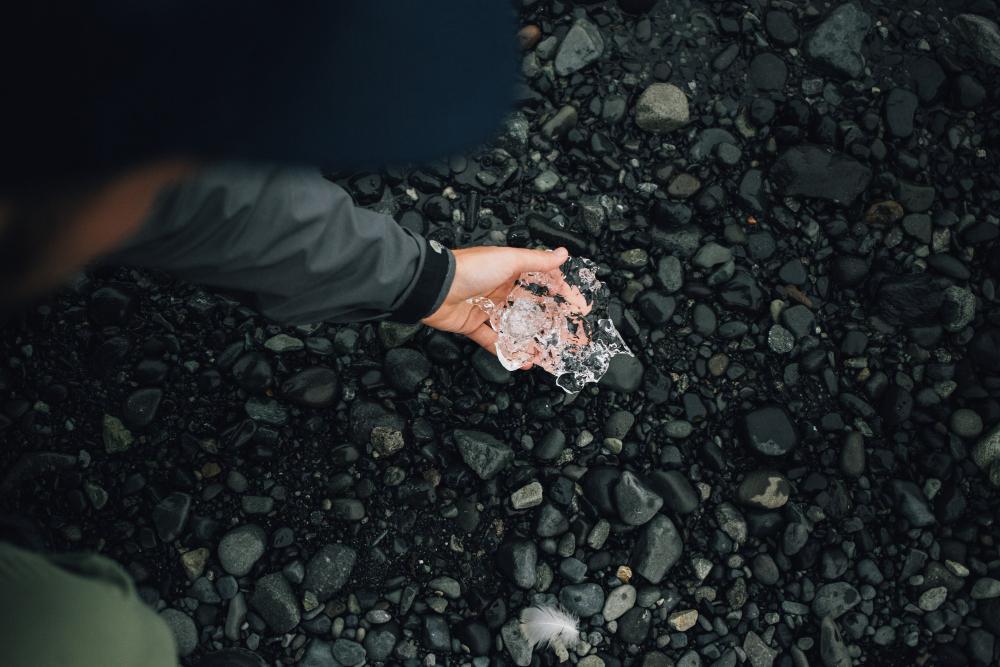
Source: Freepik
“I’ve been studying trilobites for nearly 40 years, but I never felt like I was looking at live animals as much as I have with these ones. I’ve seen a lot of soft anatomy of trilobites, but it’s the 3D preservation here that is truly astounding,” said Dr. Greg Edgecombe.
Volcanic Ash is an Exceptional Method of Preservation, Says Researcher
Dr. Edgecombe explained that a bonus outcome of the most recent study led to the realization that volcanic ash is an exceptional method of preservation.
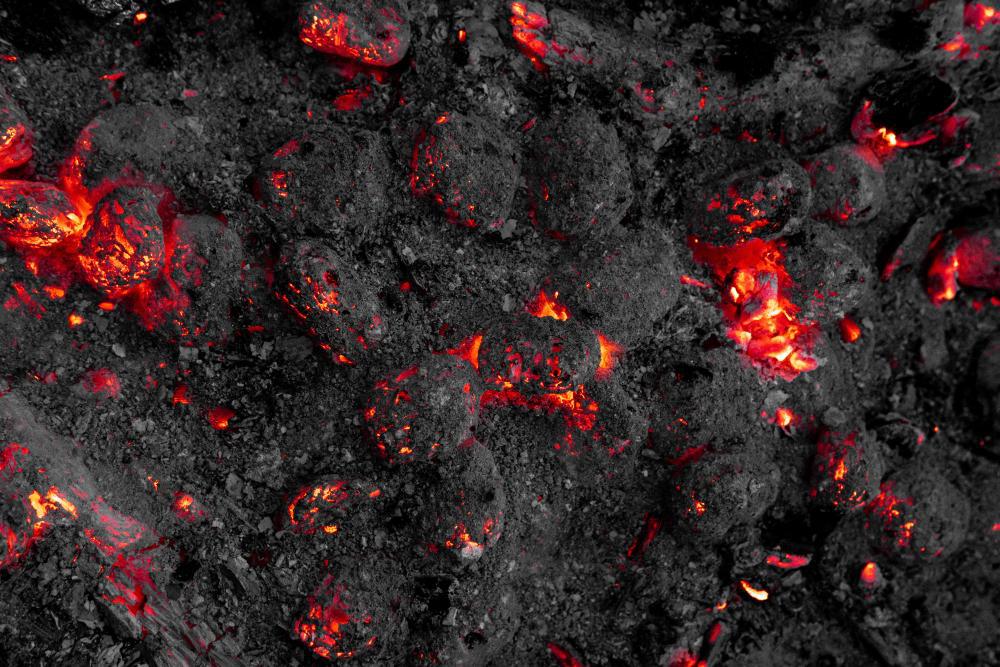
Source: Freepik
“An unexpected outcome of our work is discovering that volcanic ash in shallow marine settings could be a bonanza for exceptional fossil preservation,” he said.
The Eruption of Mount Vesuvius
Over the past two centuries, researchers have been able to extensively study trilobites, as their hard exoskeleton is often well preserved. However, until the most recent discovery, their understanding was limited, as soft tissue preservation was rare.

Source: Wikimedia
The recently discovered Moroccan trilobites were preserved in hot ash, which led to rapid fossilization. This unique scenario resembles what happened to the inhabitants of Pompeii after Mount Vesuvius erupted.
The Remarkable State of Preservation
The researchers noted that the hot ash preserved each segment of the trilobites’ bodies remarkably well. They were even able to examine hair-like structures on the sea bugs, which allowed scientists to see these arthropods in a new light.
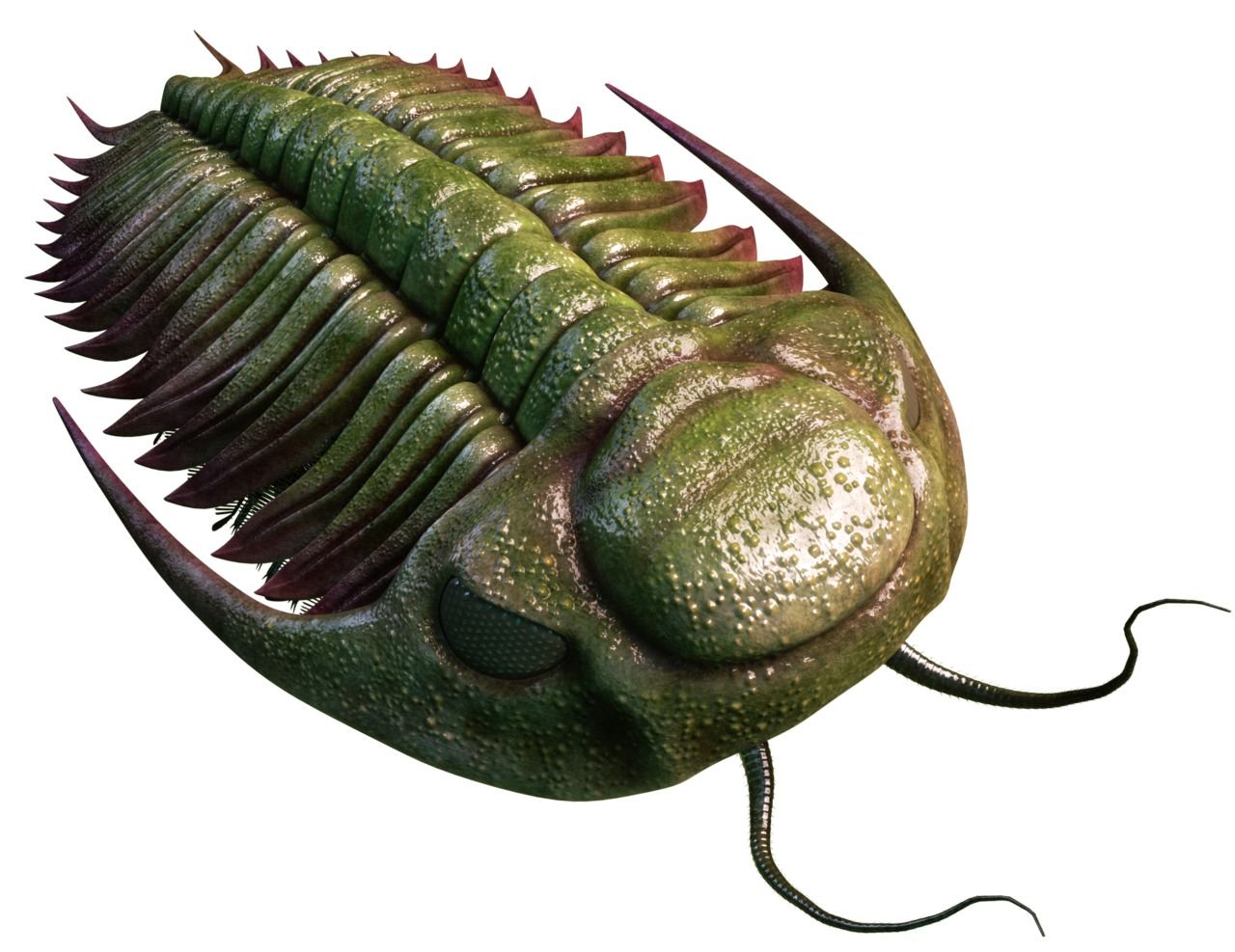
Source: Wikimedia
The ash also lodged in the trilobites’ digestive tract, and they perceived it in the process. Researchers also noted small “lamp shells” connected to the sea bug’s exoskeleton, which they suggest were almost identical to how they would have looked when they were alive millions of years ago.
Researchers Use CT Scan on the Fossilized Trilobite Remains
The scientists involved in the study used advanced CT scanning techniques alongside computer modeling of virtual X-ray slices. This cutting-edge method allowed them to reconstruct the 3D anatomy of the trilobites from the fossilized remains.

Source: Wikimedia
According to the study, they found evidence of appendages located at the edge of the trilobite’s mouths, which had spoon-like bases. However, as they were so small, they had previously gone undetected in other fossils.
New Insight Comes as a Result of New Moroccan Fossils
Prior to the inspection of the Moroccan trilobite fossils, it was thought that the sea bugs had three pairs of head appendages nestled behind their antennae. However, the study led to the discovery of a fourth pair.

Source: Geology Wonders/Facebook
The team also documented the discovery of a fleshy lobe that covered the mouth, known as a labrum, for the first time.
Researcher Calls the Discovery of Moroccan Trilobites an Exhilarating Experience
The study’s lead author, Prof. Abderrazak El Albani, explained why the recent discovery of fossils in Morocco was a particularly fascinating experience for him.

Source: Freepik
“As a scientist who has worked on fossils from different ages and locations, discovering fossils in such a remarkable state of preservation within a volcanic setting was a profoundly exhilarating experience for me,” he said,
Volcanic Ash Deposits Should Become New Targets for Study
Albani suggests researchers should use the recent discovery as a sign that: “Pyroclastic deposits should become new targets for study, given their exceptional potential for trapping and preserving biological remains, including delicate soft tissues.”
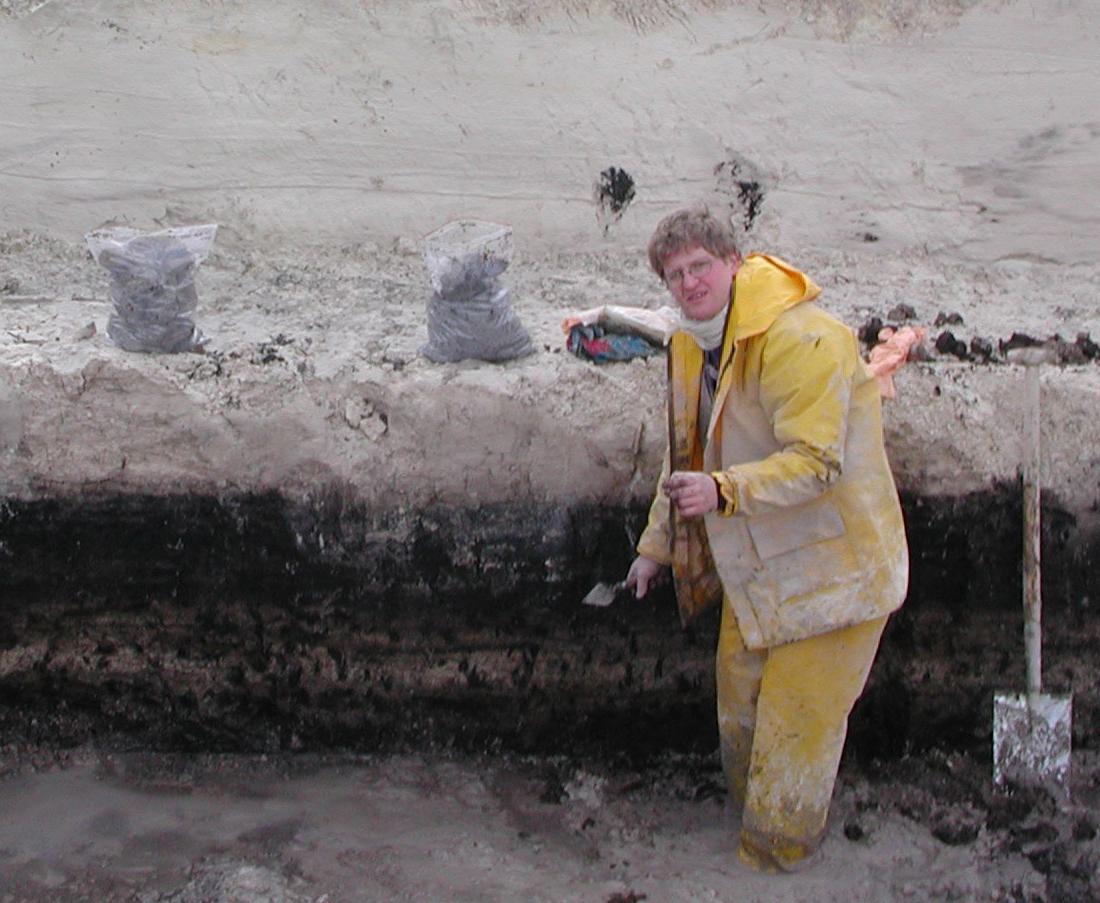
Source: Wikimedia
He continued, “These findings are anticipated to lead to significant discoveries about the evolution of life on our planet Earth.”
New Study Sheds Insight on How Trilobites Fed
Harry Berks, a co-author of the study from the University of Bristol, shared his thoughts on the new insight gained from the study.
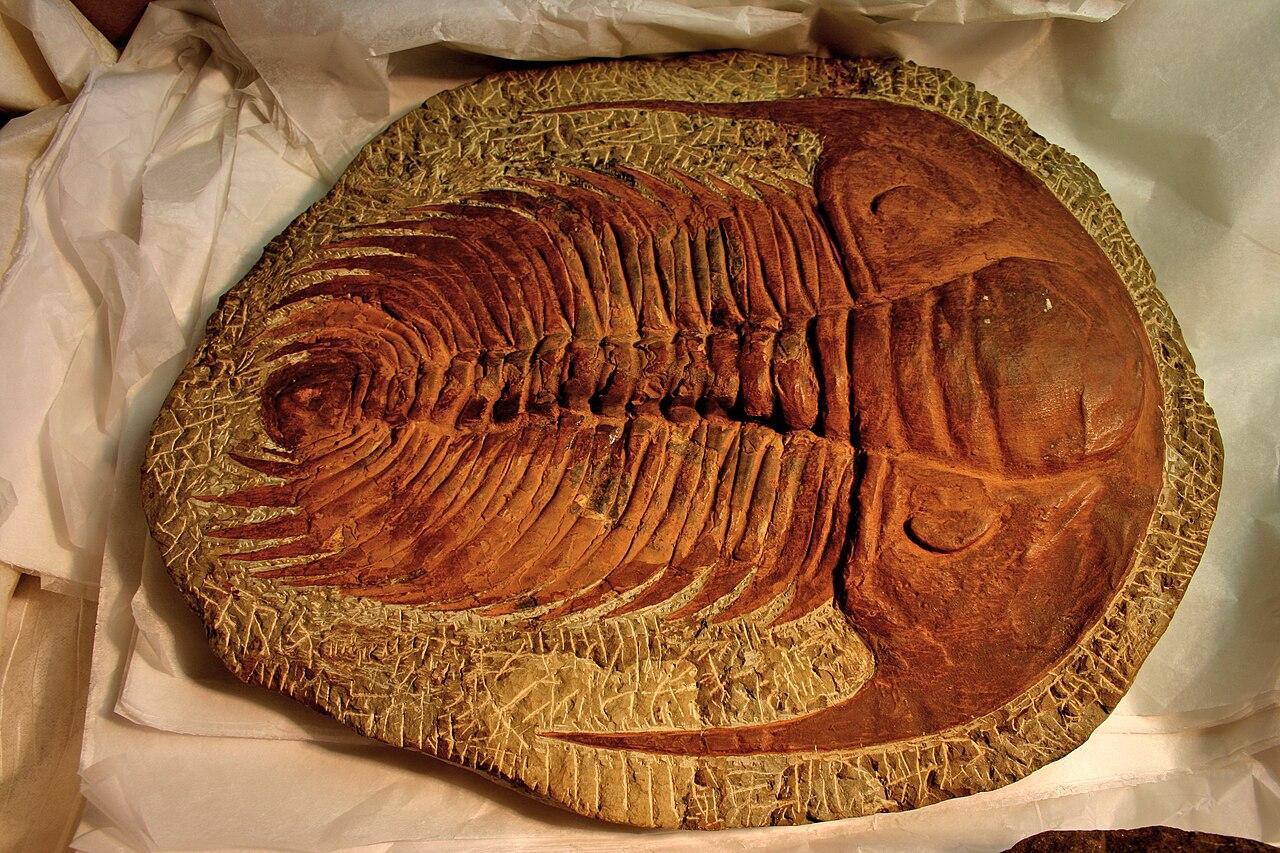
Source: Wikimedia
“The results revealed in exquisite detail a clustering of specialized leg pairs around the mouth, giving us a clearer picture of how trilobites fed. The head and body appendages were found to have an inward-facing battery of dense spines, like those of today’s horseshoe crabs,” he said.
